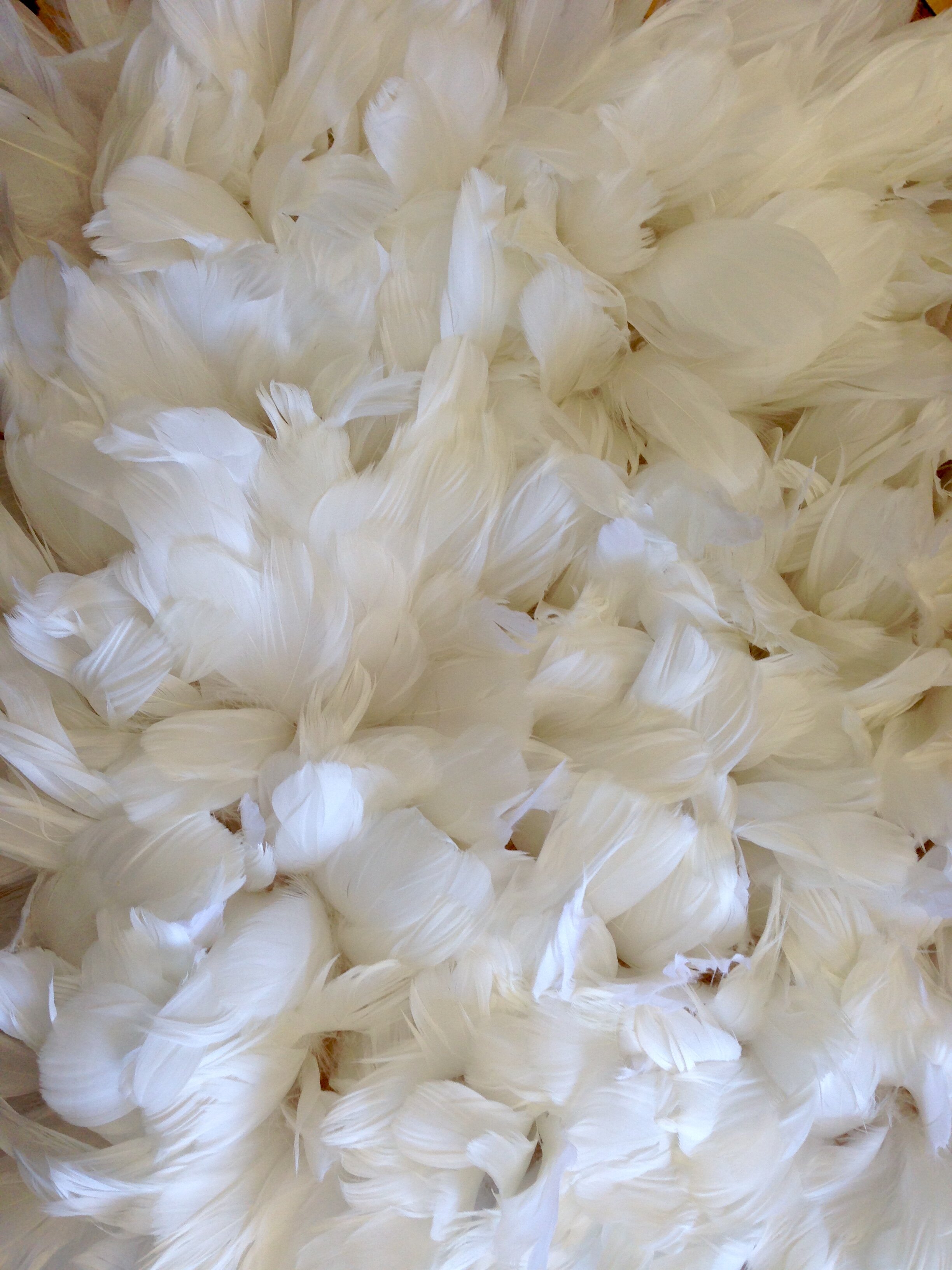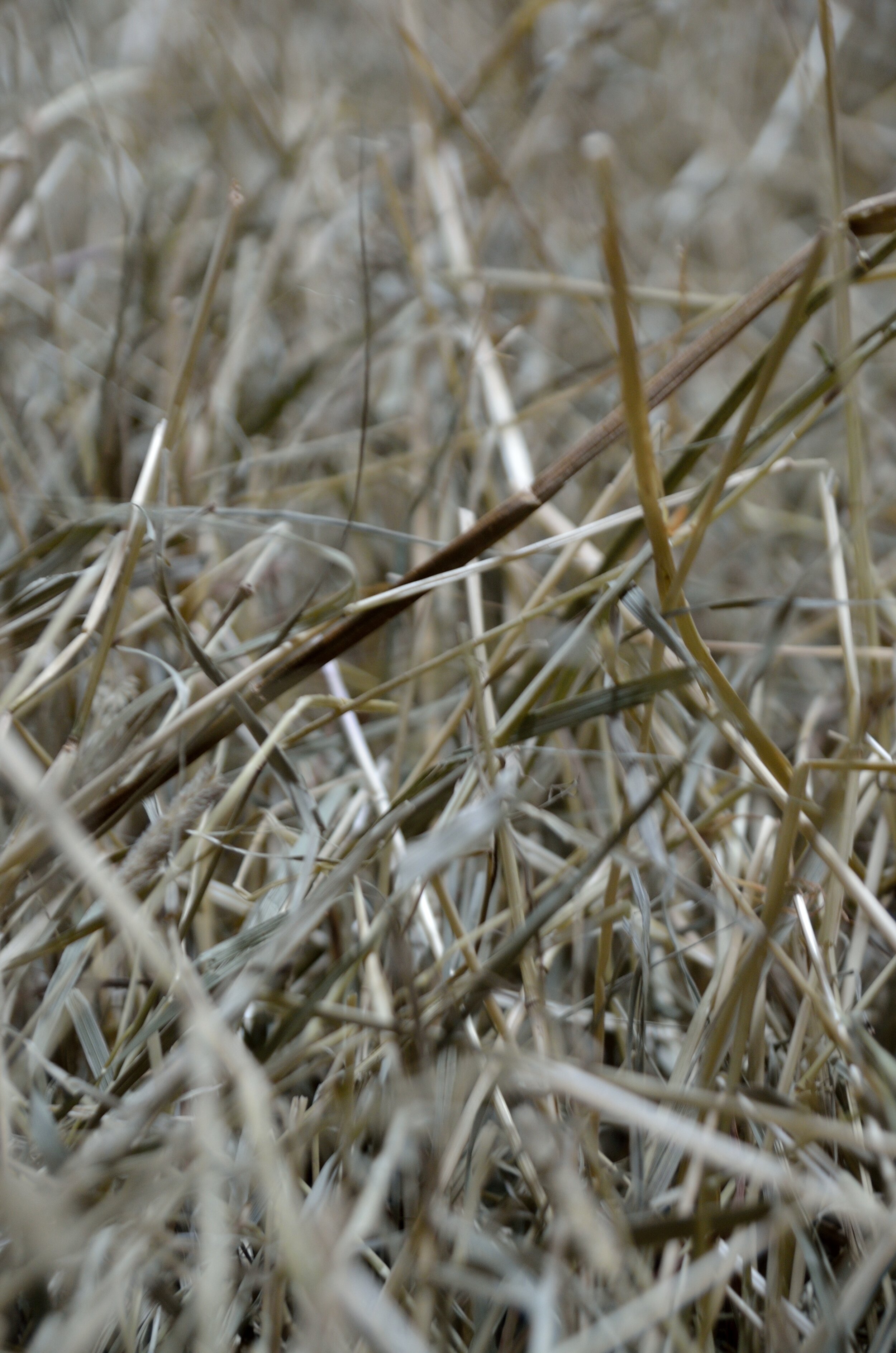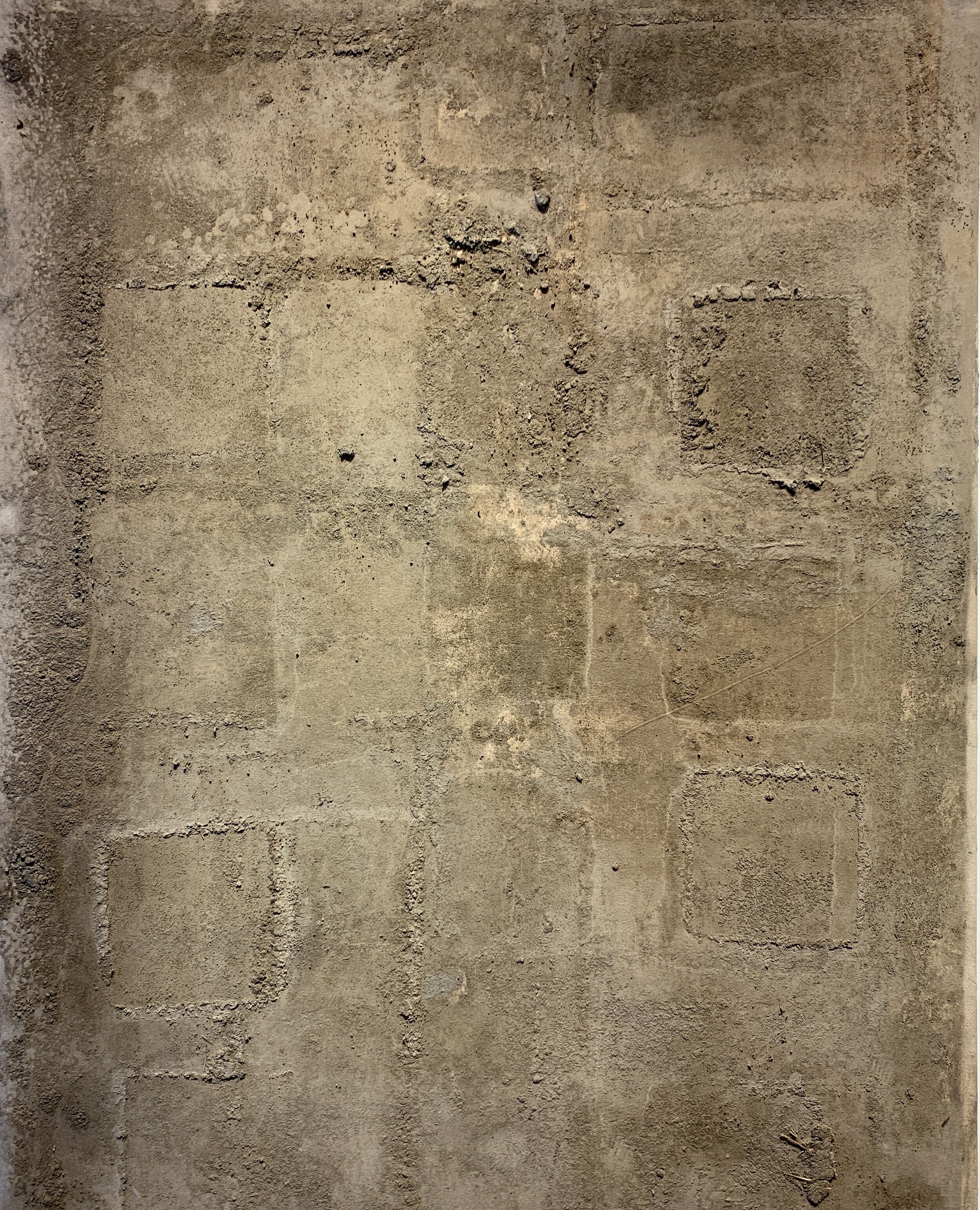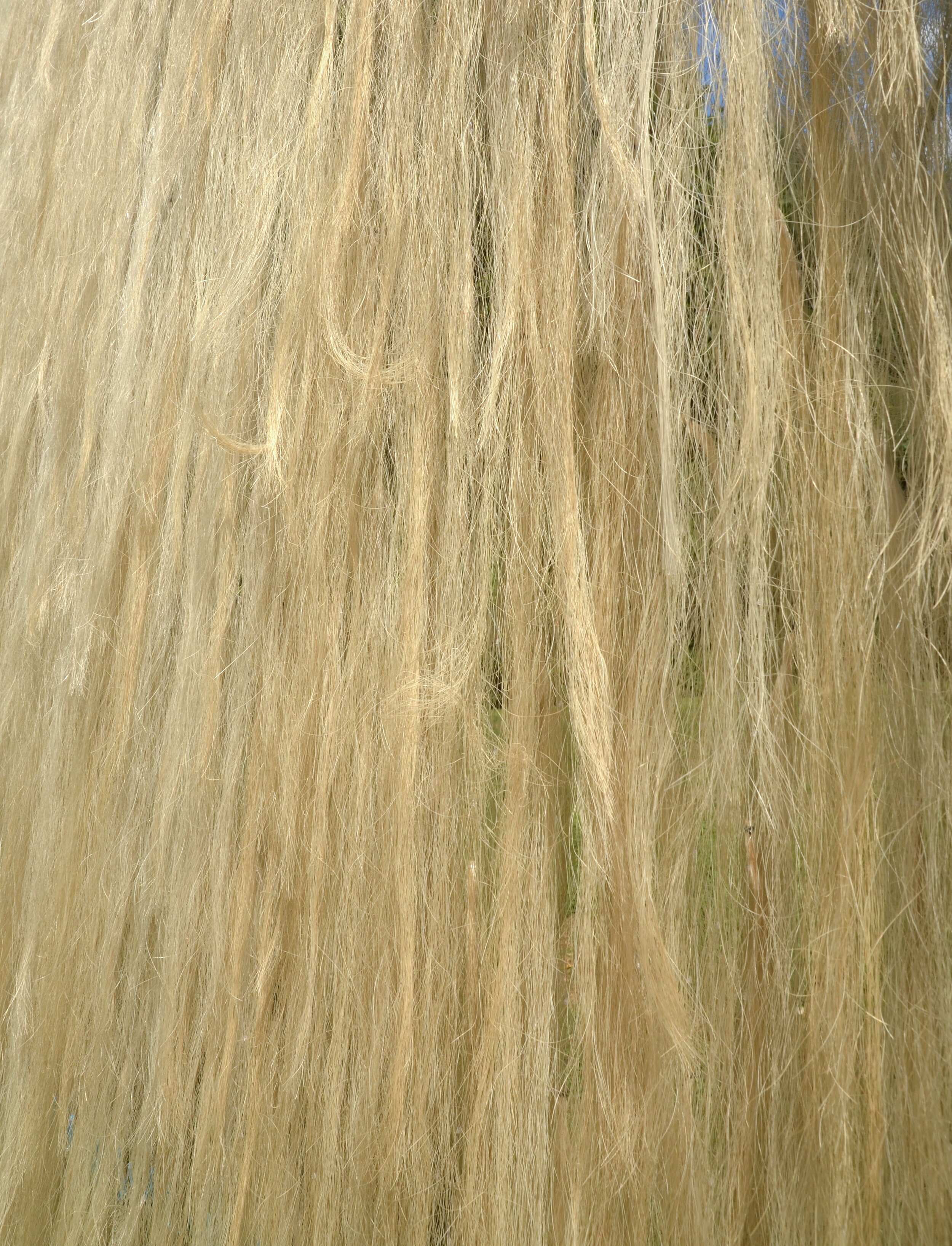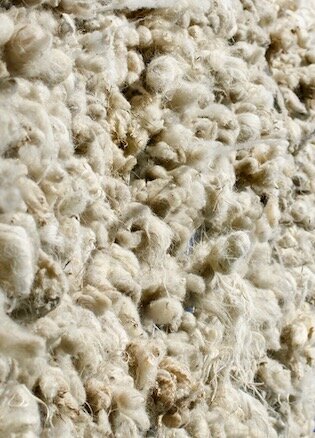The studio has been working on an exciting new project for Brookline Climate Week. Four installations are up in four different locations, around Brookline, until April 4th. This collaborative project has been a great tangent to the large environmental work we have been doing, and gave a venue for new experimental work. The ideas and collaborators are expansive for this project, starting with Mary Dewart, an early adapter, climate change activist, who donned the hat of curator, resilient problem solver, and collaborator of ideas. Writer Alan Weisman provided valuable support from research to editing, Brookline Poet Laureate Judith Steinbergh, kindly offered her poem THE ORIGIN of CABBAGE, to be a diptych with one of the images, the poem is a beautiful tribute to the love of earth. Lastly, I collaborated with incredible mask maker and sculptor, Beckie Kravetz, who I met while creating set at Double Edge Theatre. The installation that we created together, Carrying Capacity, was a lesson in different creative methods and process, a treat for any artist.
Carrying Capacity
As we add a million more humans every 4.2 days, our demands for food, shelter, goods, mobility, and energy exceed the carrying capacities of both our atmosphere and our planet. The squashed Earth can barely support this ghostly figure, weighed down by the spilling mass of people and looking wistfully at the viewer, imploring an answer.
Beckie Kravitz and Nancy Winship Milliken, Carrying Capacity, 2016
Cataloging Knowledge
The old reliables displayed here — soil, compostables, honey, and potable water — may become future artifacts, as each is vulnerable to climate change. The plastic containing them, derived from fossil fuel and requiring vast amounts of energy and chemistry in its manufacture, is a principal driver of that change.
Nancy Winship Milliken, Cataloging Knowledge (outside image), 2016
What Once Was, Could Be
An intimate knowledge of where food comes from was once part of everyone’s life. Here, peasants picking up the last grains of wheat after a harvest, from Jean-Francois Millet’s 1857 painting The Gleaners, are superimposed on Brookline’s Coolidge Corners Greenline. Like pavement, plastic that our food now arrives in, distances us even further from our planet. Remembering the real source of our nourishment is crucial to understanding why we must care for the Earth now.
Nancy Winship Milliken, What Once Was, Could Be, 2016
What Once Was, Could Be II
Jean-François Millet’s (French, 1814–1875) Potato Planters have been transported to Brookline’s Coolidge Corner and paired with Brookline Poet Laureate Judith Steinbergh’s poem THE ORIGINS of CABBAGE. Each reminds us of the earthen source of the essentials of life, and why defending our planet means protecting ourselves.
What Once Was, Could Be, II, 2016 is paired with THE ORIGIN of CABBAGE, by Judith Steinbergh, below
THE ORIGIN of CABBAGE
I drove over to Buzzels for some fresh corn and there
was a cabbage so big and healthy looking, I had to buy it,
75¢ and it weighed probably six pounds easy. I don't
even like cabbage but this one made you want to like it,
pale green and shiny like someone had just polished it,
and veins like on the forearm of a construction worker,
it seemed like just one leaf, the outer one, had built
a whole town with no help, the outer edge of this outer
leaf curled over in a sort of wide open grin and peeling
that leaf back, another with its own creeks, tributaries
and deltas, I swear the whole damn Mississippi lives in
this next leaf, and the next one, just slightly paler,
and the next one a bit more tender and ruffled a little
like a grown woman in gowns and so on, the whole thing
packed and dense, couldn't get more food than this into
a ball, it feels good just to hold it under your arm.
So I bring this cabbage home and admire it for a while,
showing it off to friends as if I'd given birth to it,
and it does seem unlikely that a thing like a cabbage
could just grow out of the ground rather than condensing
say, into a cool green planet in orbit around the sun.
Judith Steinbergh
Teacher and Brookline Poet Laureate, 2012-2015








